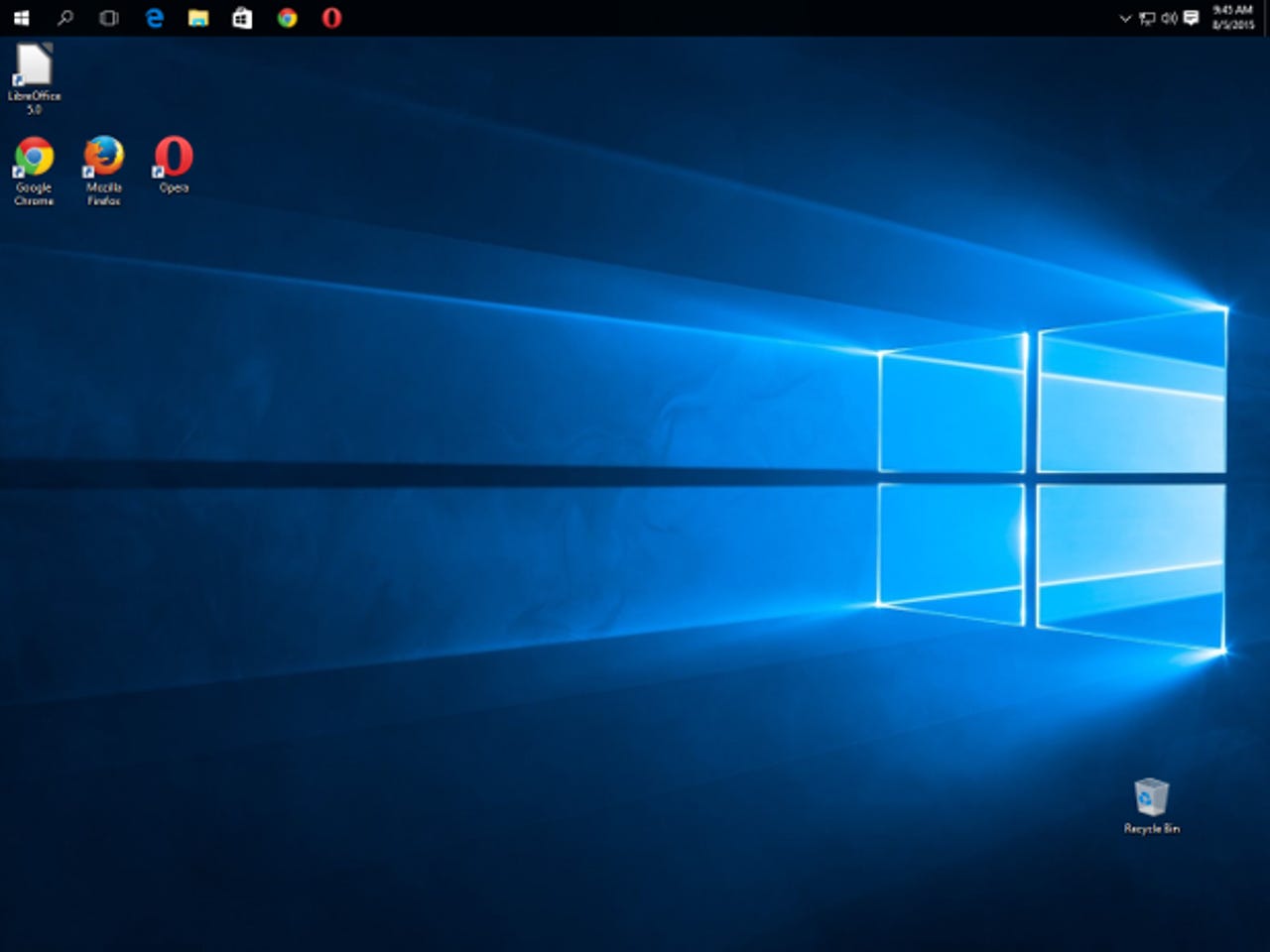Windows 10: How is it really doing so far?


After nearly a month since its release, just how well is Windows 10 really doing?
Earlier this week Microsoft revealed that more than 75 million devices are now running Windows 10. That includes more than 90,000 different PC or tablet models - even some devices manufactured as long ago as 2007.
Microsoft has previously said Windows 10 had 14 million downloads in the first 24 hours. Big, big numbers, but how do they stack up compared to previous versions of Windows?
Off to a promising start
Back in 2012, Microsoft said it sold 40 million Windows licences in the first month that Windows 8 was on sale, and that is had sold four million upgrade licences in the first three days (licences are slightly different to downloads but the best metric we have). In contrast, in 2009 Microsoft sold 60 million Windows 7 licences in the first two months it was on sale.
Featured
Clearly, Windows 10 has the edge on previous versions. There's one big difference of course: Windows 10 is a free download available to hundreds of millions of PC owners, so its takeup should obviously be a lot faster than that of its paid-for predecessors.
There are other sources of data to draw on. Web analystics company StatCounter has been tracking web traffic coming from Windows 10 devices. According to the company, Windows 10 devices account for about 5.7 percent of all desktops and tablets it's tracking. Looked at another way, it has taken Windows 10 two weeks to overtake Windows 8, and four to catch up with iOS.
StatCounter's data goes way back so that we can compare Windows 10 with some earlier releases of Windows. It tells us that it took Windows 8, which went on sale in October 2012, until June 2013 to get the same market share - that's seven months. In contrast Windows 7 got there much faster - by early December after its October launch.
There's another wrinkle to consider - some PC users may not actually be able to download Windows 10 yet even if they desperately want it. Microsoft is staggering downloads, starting with the systems it thinks can be upgraded most easily. It could be weeks (or even months) before everyone who has registered for Windows 10 can actually get it.
It's unwise to make big assertions based on early data like this but the StatCounter data does suggest that after the usual initial explosion of excitement, growth in Windows 10 is going to be slower from now on. Perhaps the next significant bump in Windows 10 adoption will come with the back-to-school rush and then again over the festive season.
Enterprises of course will be at the back of the queue; it could be the second half of next year before the average big business has done all the testing necessary to get serious about Windows 10.
B+ performance
So - thus far it suggests that Windows 10 is doing a lot better than Windows 8 and maybe better than Windows 7.
"Generally it's a success. If you have to give Microsoft a letter grade on how they've done with this upgrade, you'd probably give them a good solid B+. It's not an A because there have been some rough edges, a few things that haven't gone quite right, but overall it's gone really well," said Stephen Kleynhans, research vice president at analyst Gartner.
He said the general feedback from customers, both consumers and enterprises who have been kicking tyres, has been pretty positive. "The product as it sits right now is pretty solid and people are liking what they are seeing," he said.
Latest review
Kleynhans pointed out that the Windows 10 upgrade process had the potential to be a nightmare because it involved updating tens of millions of devices remotely. "If even a small fraction of those start going bad it could have been a really terrible event for Microsoft. There's been a few hiccups here and there but it's gone well for the most part for millions of users, so generally you've got to give them good marks on this."
Enterprises last to the party
Still, despite all the excitement, installs of Windows 10 are still small compared to Windows 7 (or even the antique Windows XP). Kleynhans said that while Windows 10 will be considered mainstream for consumers by the end of the year, for enterprises it takes a little longer.
"Enterprises need some time to test things, to learn about a new operating system. Often there are other pieces of the infrastructure that need to be upgraded in order to support a new operating system and Windows 10 is no different," he said.
However, he added: "By the end of 2016 we'll start to see Windows 10 showing up in enterprises relatively commonly. Not the dominant operating system, that will take a lot longer, but it will be common and if you are going to sell something into an enterprise by the end of 2016, you'd better be able to support Windows 10."
More on Windows 10